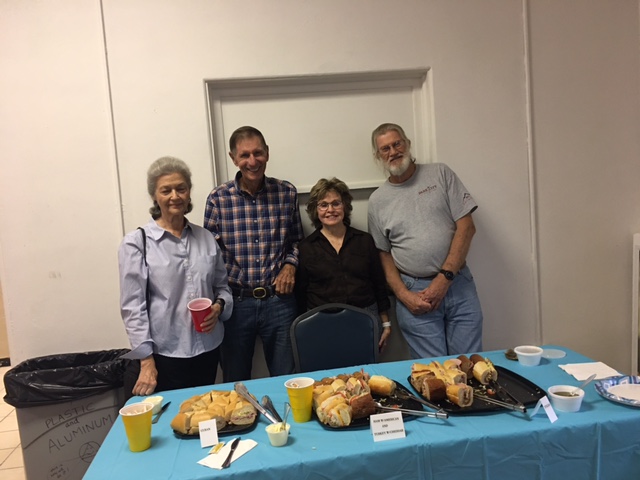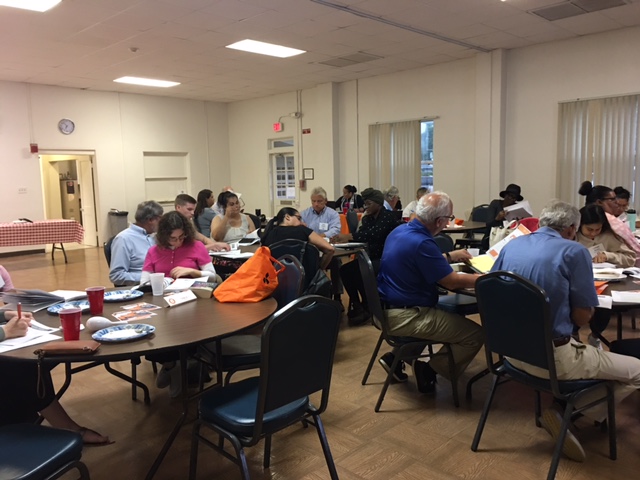I have a lot of baggage…no really, I do.
As I took my third trip out to the car this morning, before even putting Charlie and Ellie in their car seats, it got me thinking, why do I have to carry around so much? I have this theory that the smaller my children are, the more stuff they need. Let me tell you what I put in the car just this morning.
- Charlie’s backpack
- Ellie’s School bag
- My purse
- My computer
- My lunch
- Ellie’s bottles
- Ellie’s Diaper Bag
- My pumping Bag
- Charlie’s New Toolset that he just HAD to show to his class
- My makeup bag
I mean, c’mon! Ten items that I have to bring to the car every morning and bring back into the house at the end of the day. This is of course not including my tiny humans that also need to end up in my car in the mornings to get to school. And so, it got me thinking about baggage and why I carry around so much.
Believe it or not, most of these items I put in my car are necessary for survival and efficiency and as much as I would like to consolidate, I just can’t if I want to eat and get my work done. And so this isn’t a devotional about simplifying life or practicing the Marie Kondo method of “getting rid of the clutter.” Instead, I want us to think about what baggage I CAN let go of. What about the unnecessary weight I carry around that presses me down and causes me conflict? What about that feeling in the pit of my stomach or that unresolved conversation that I first think about in the morning, what do I do to not carry that with me from day to day?
Believe it or not, pastors, contemplatives and followers of Jesus have wrestled with this from the beginning. We are human after all and we get bogged down from time to time. And so as we start this new year, I want to ask you to consider what baggage are you carrying that is time to let go of? What weight have you held onto long enough that must be released? Maybe it is guilt that you hold onto about something you did or left undone. Maybe it is regret over a past relationship, time in your life or situation you handled poorly? What if your baggage is the weight of what people think of you, or your anger or your inability to let go of things that happened in the past? And sometimes our baggage is from our spiritual past or emotional instability, and we need to set free from that as well.
I have baggage both figuratively and literally. And so do you. What is that baggage you are holding tight to? And for the sake of your family or the next generation, what are you needing to rid yourself of? And how might this new year, new start, fresh opportunity open up a way to let go? Not only does baggage weigh too much and slow us down, but it robs us of the goodness and grace in our lives. It distorts the good and gracious gifts of God by making them appear incomplete. In other words, our unnecessary baggage is a barrier. Unless we don’t take the time each day to slow down long enough to pray and be silent, we may miss it. Our barriers are often hard to see, but sometimes the greatest barriers to our spiritual growth and flourishing are the things we’re already carrying or that we assume are essential. We may have picked them up on our own, or others may have placed them on us. These burdens can weigh us down, prevent us from receiving God’s gifts, and keep us from seeing the needs of others. At the very least our baggage can distract us from the good things God desires to do in our lives.
And so, as we start this new year together, I invite you to pray this prayer below that helps us release the burdens and barriers that have become our baggage back to God.
Good and Gracious God,
I come before You in humble submission and pray that in Your mercy and kindness You would help me to simply let go of all the fears and worries, problems and doubts, guilt and disappointments that seem to be filling my heart and mind so often, during the course of a day.
Fill my hurting soul with Your love and peace I pray. Fill the emptiness and pain that is making life difficult. Lord, You know what is in my heart and why I am going through this time of fear and worry.
Lord, You have told us to think about whatever is lovely and pure and holy and good, and I pray that You would help me to turn the eyes of my heart upon Jesus and look to Him day by day. In Jesus’ name I pray.
Amen.



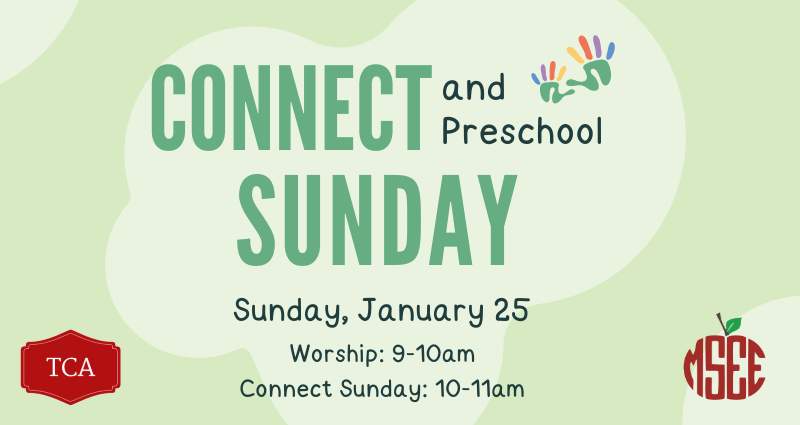





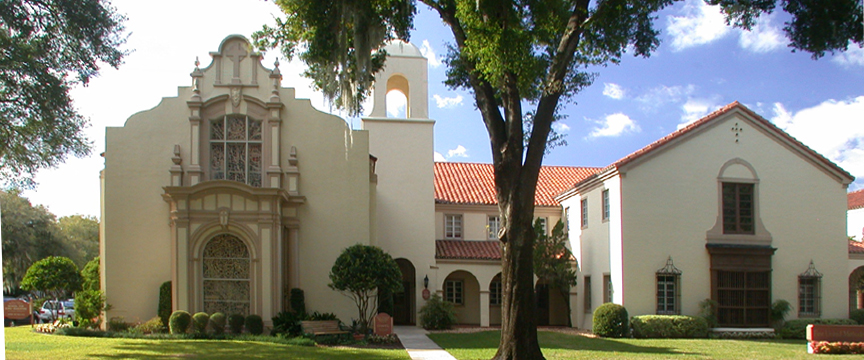




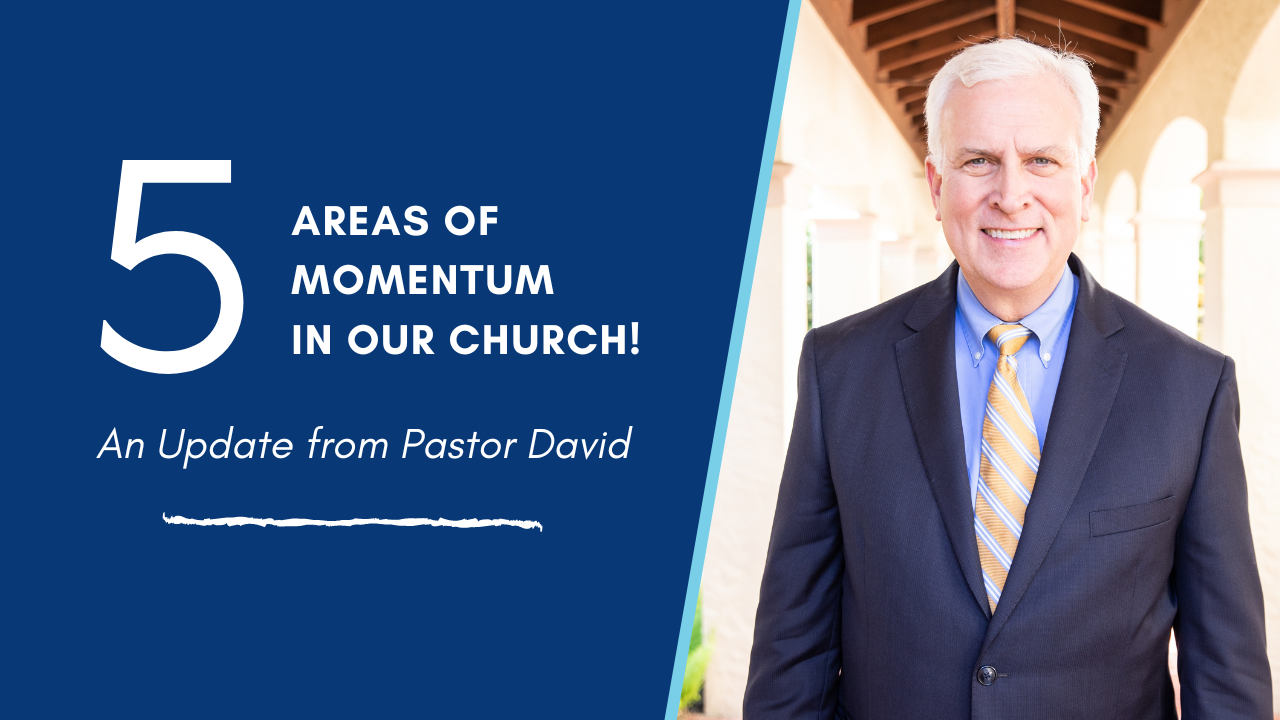
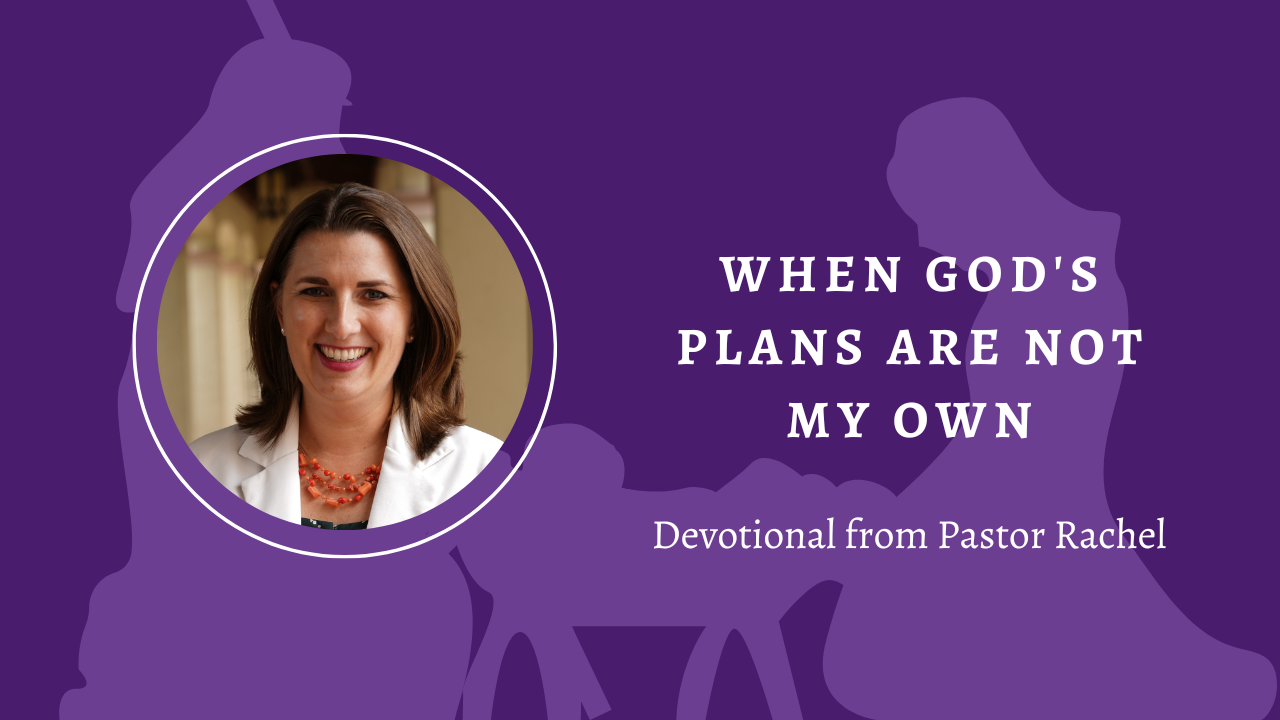
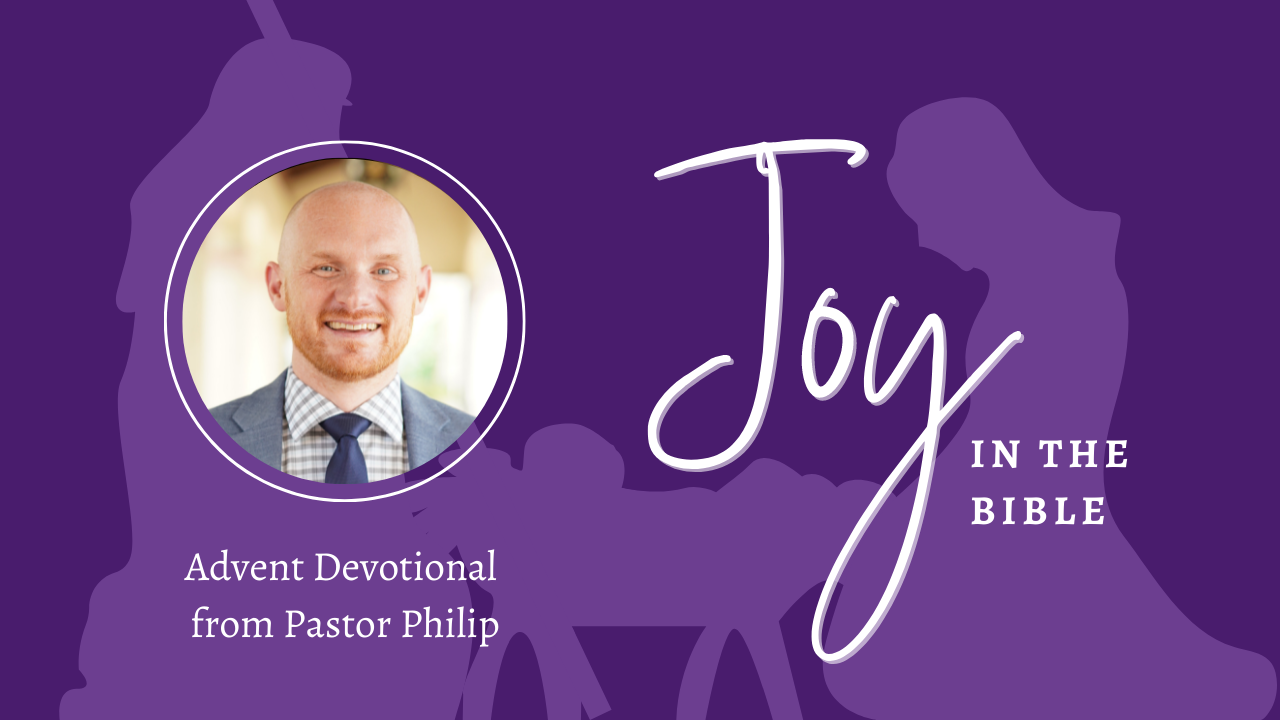
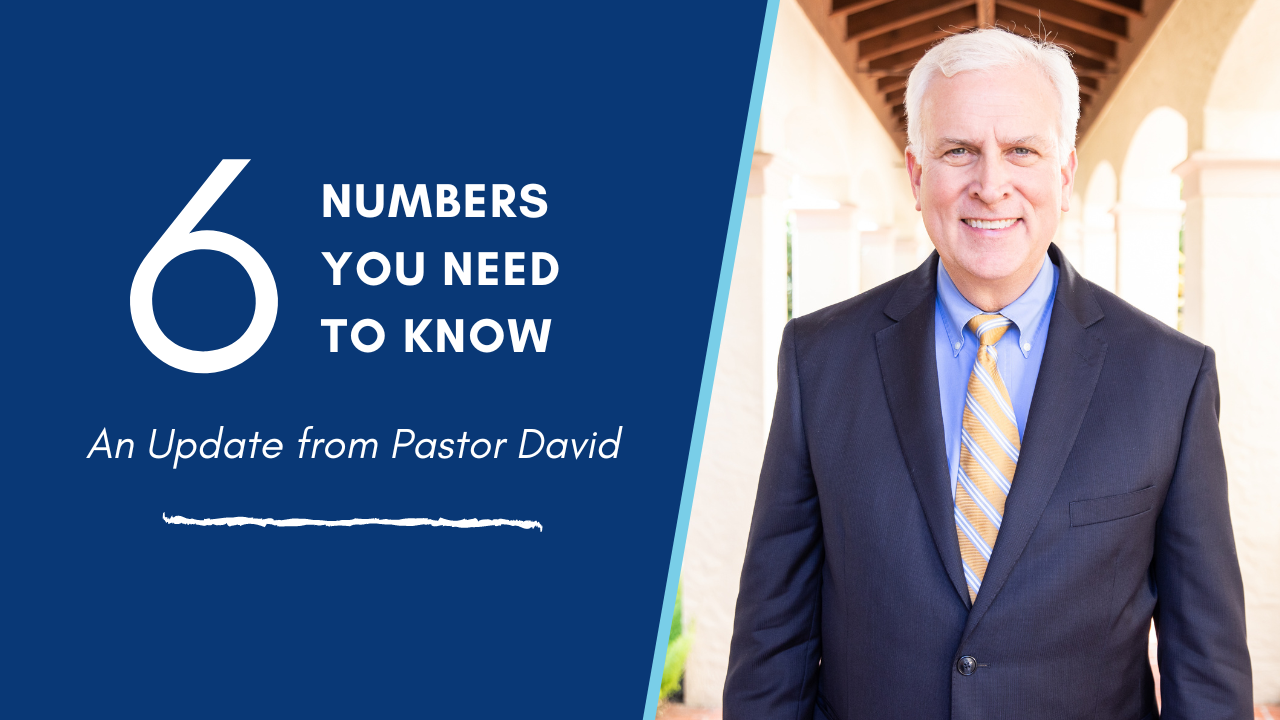
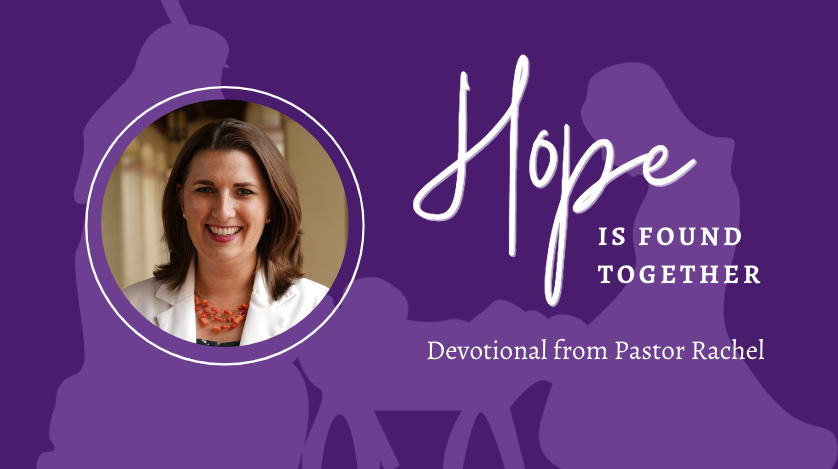
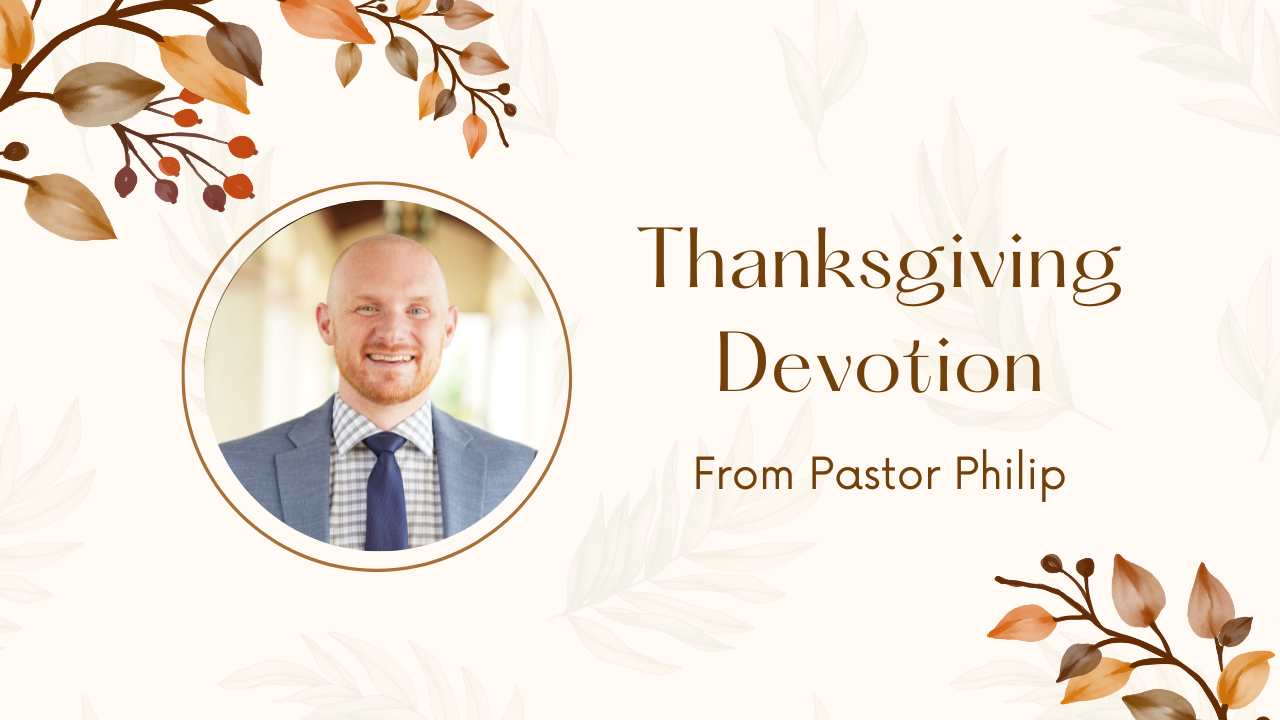

 The 4 Pillars Counseling & Enrichment Center is seeking independent licensed therapists with personal Christian faith and specialization in the below outlined practice areas for collaboration through a lease agreement in our Colonialtown North campus counseling center.
The 4 Pillars Counseling & Enrichment Center is seeking independent licensed therapists with personal Christian faith and specialization in the below outlined practice areas for collaboration through a lease agreement in our Colonialtown North campus counseling center.
